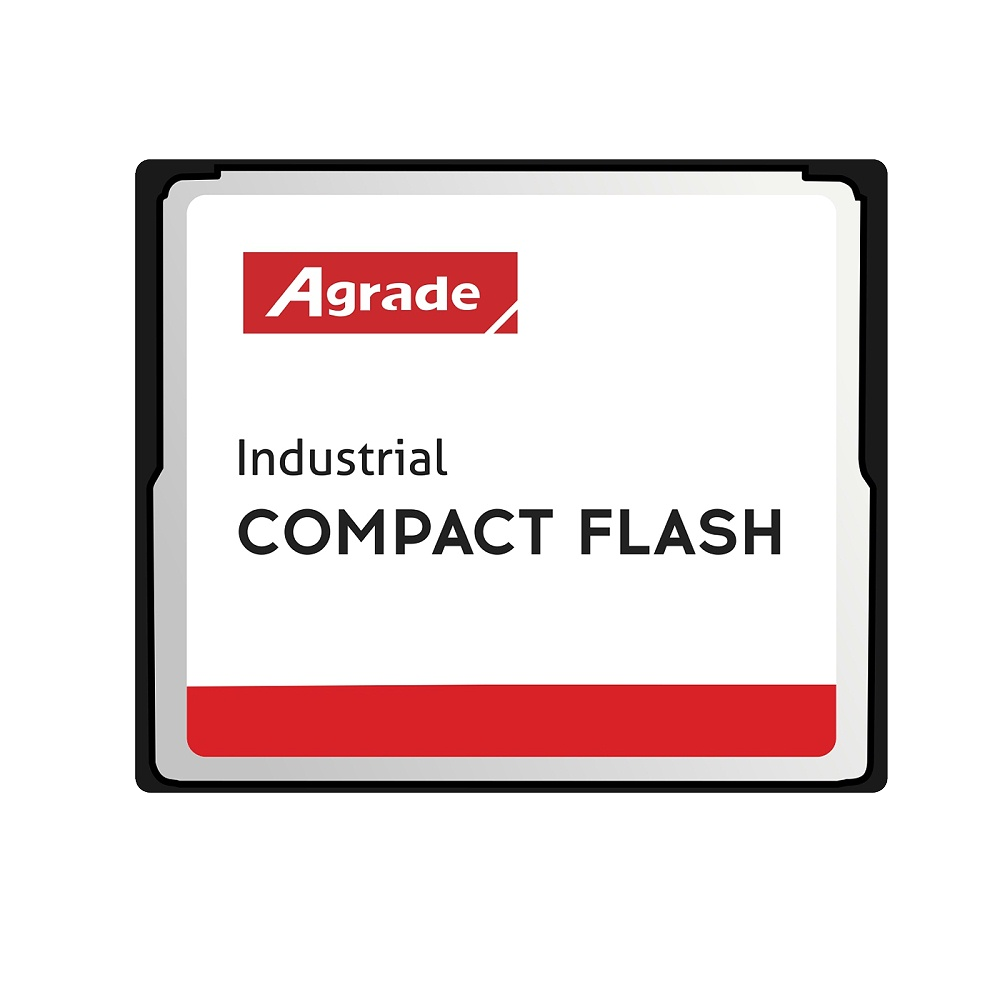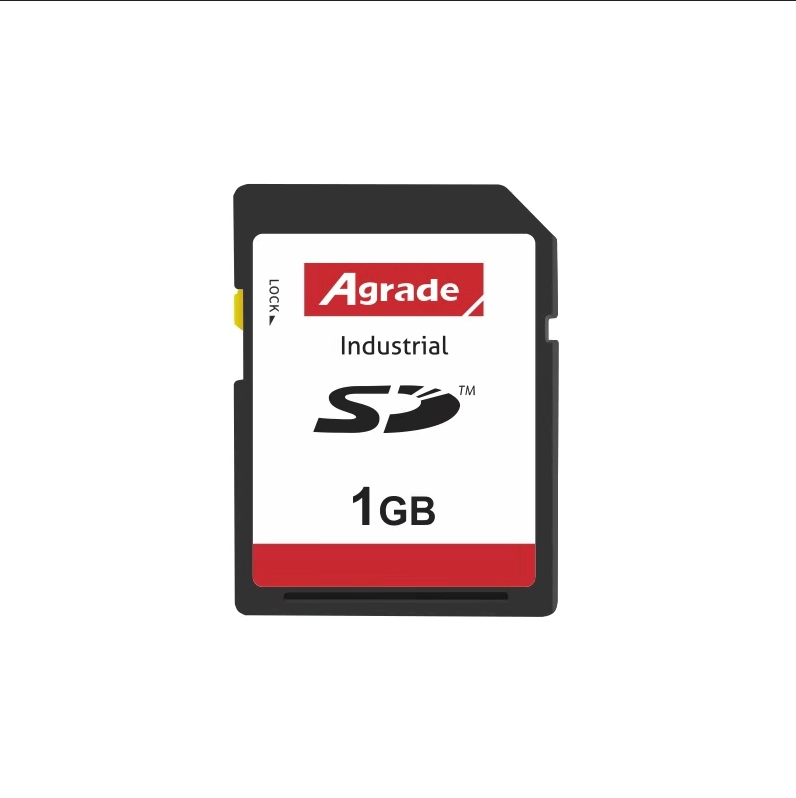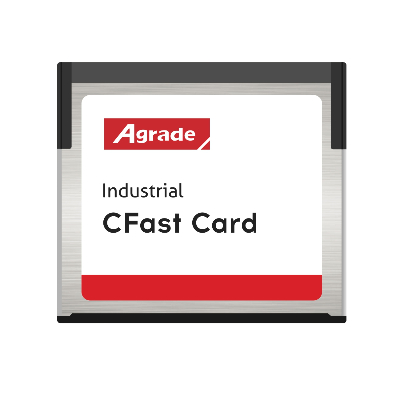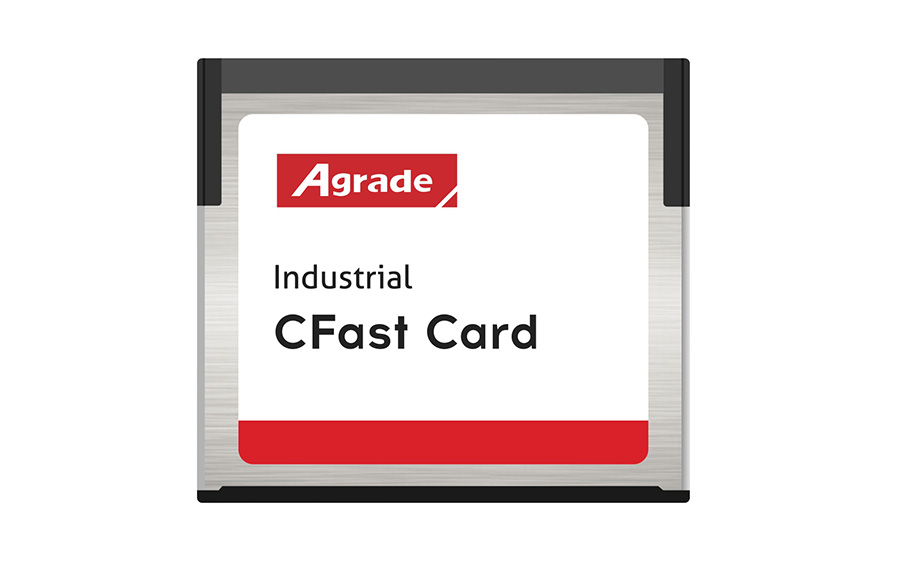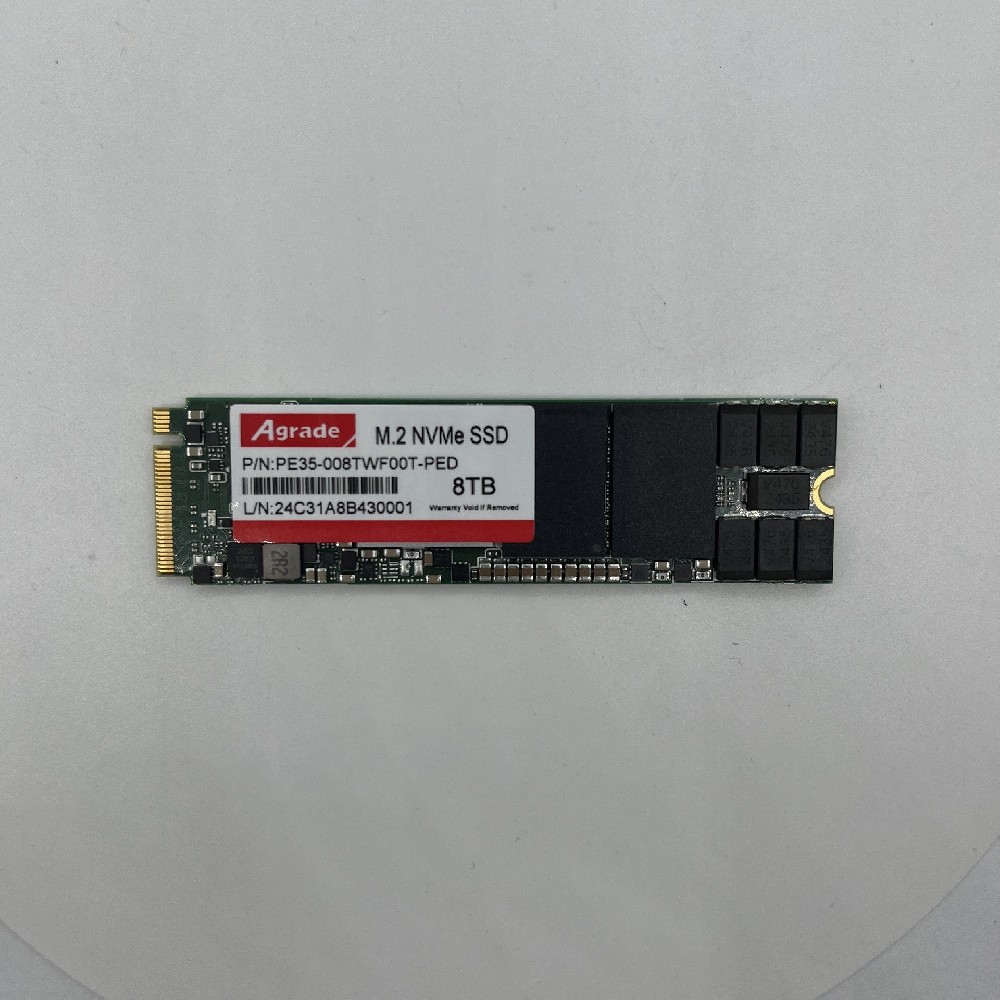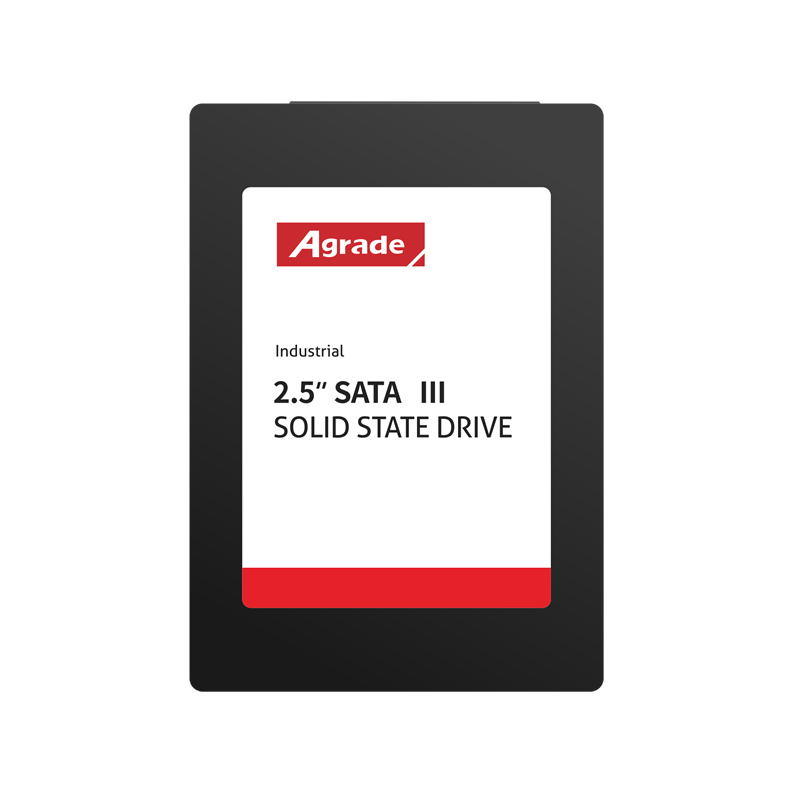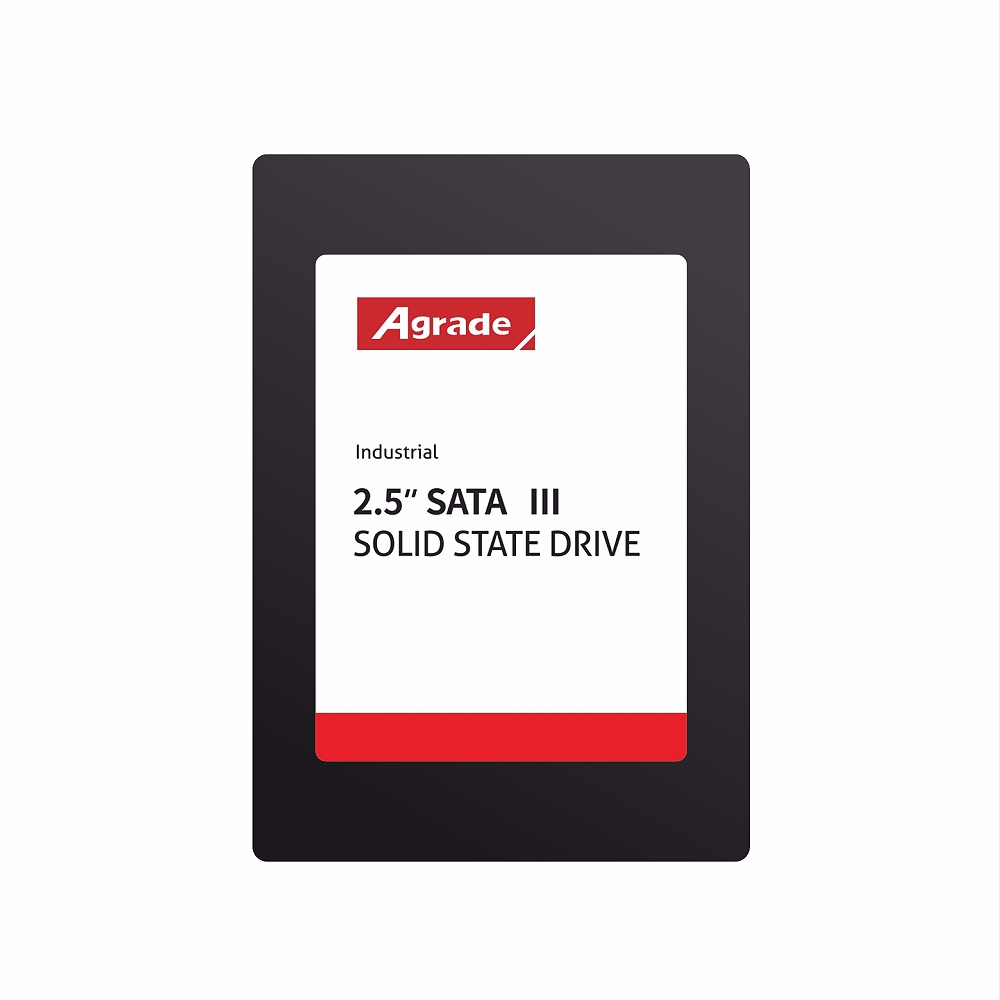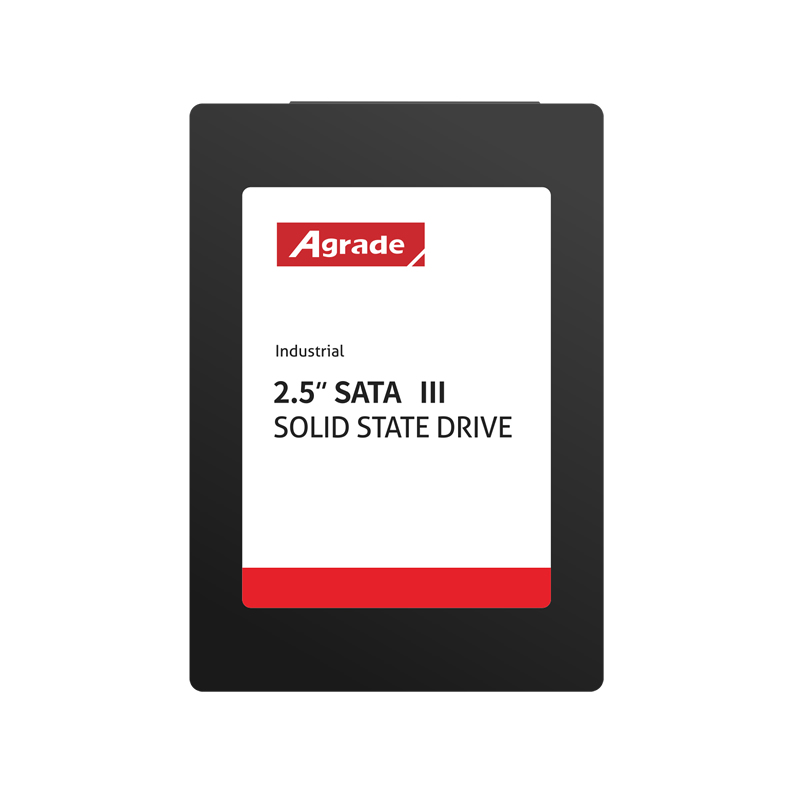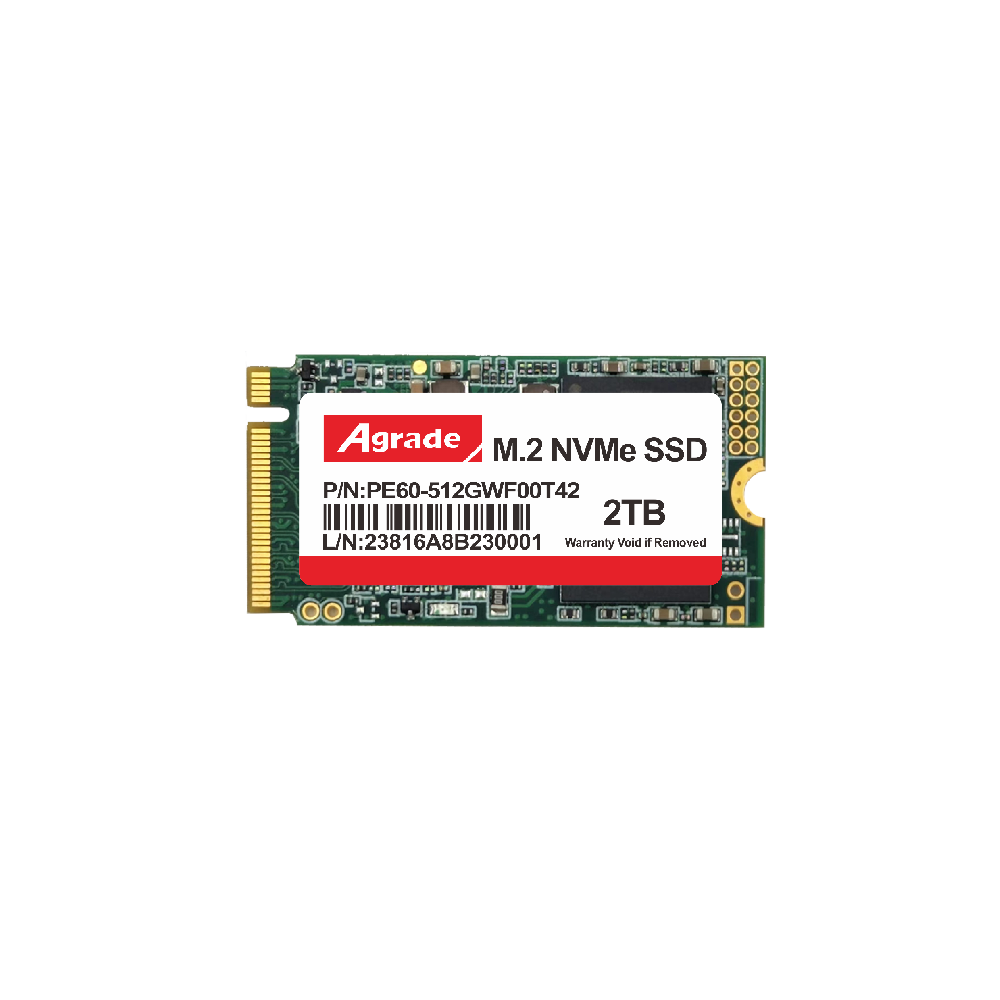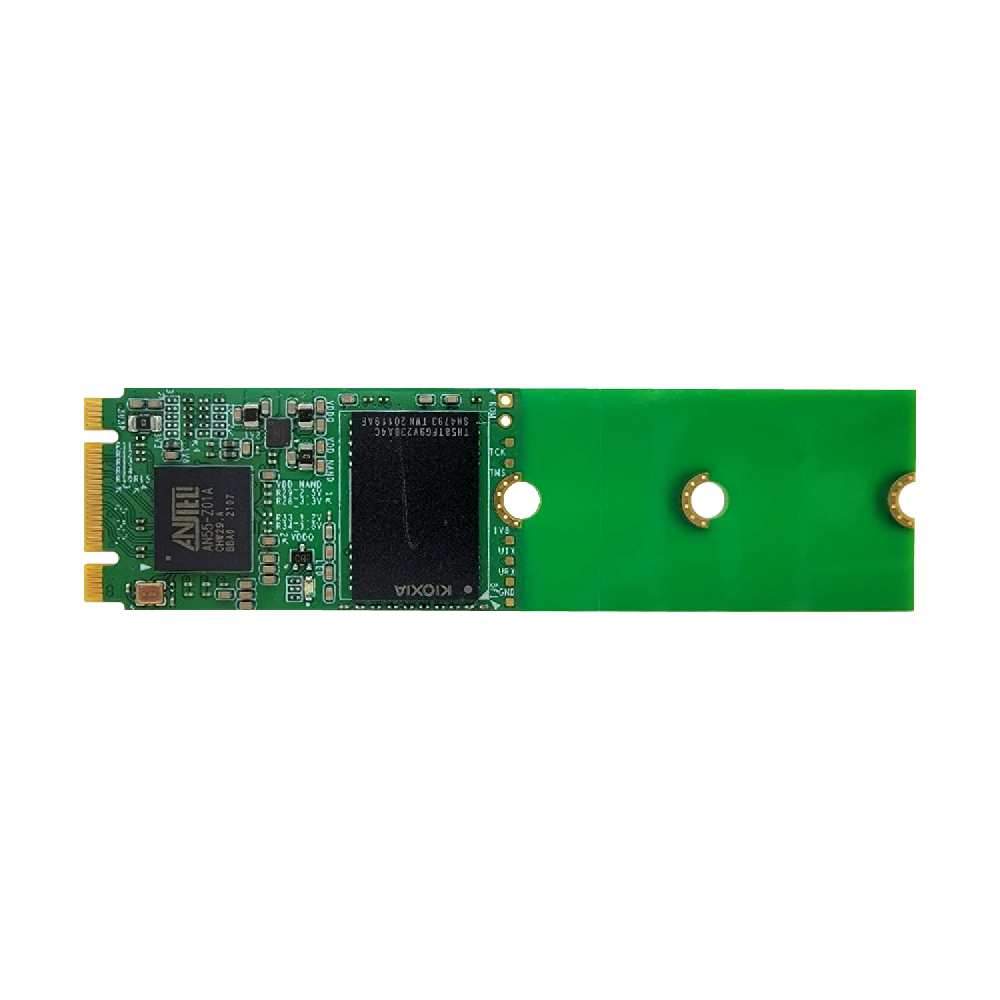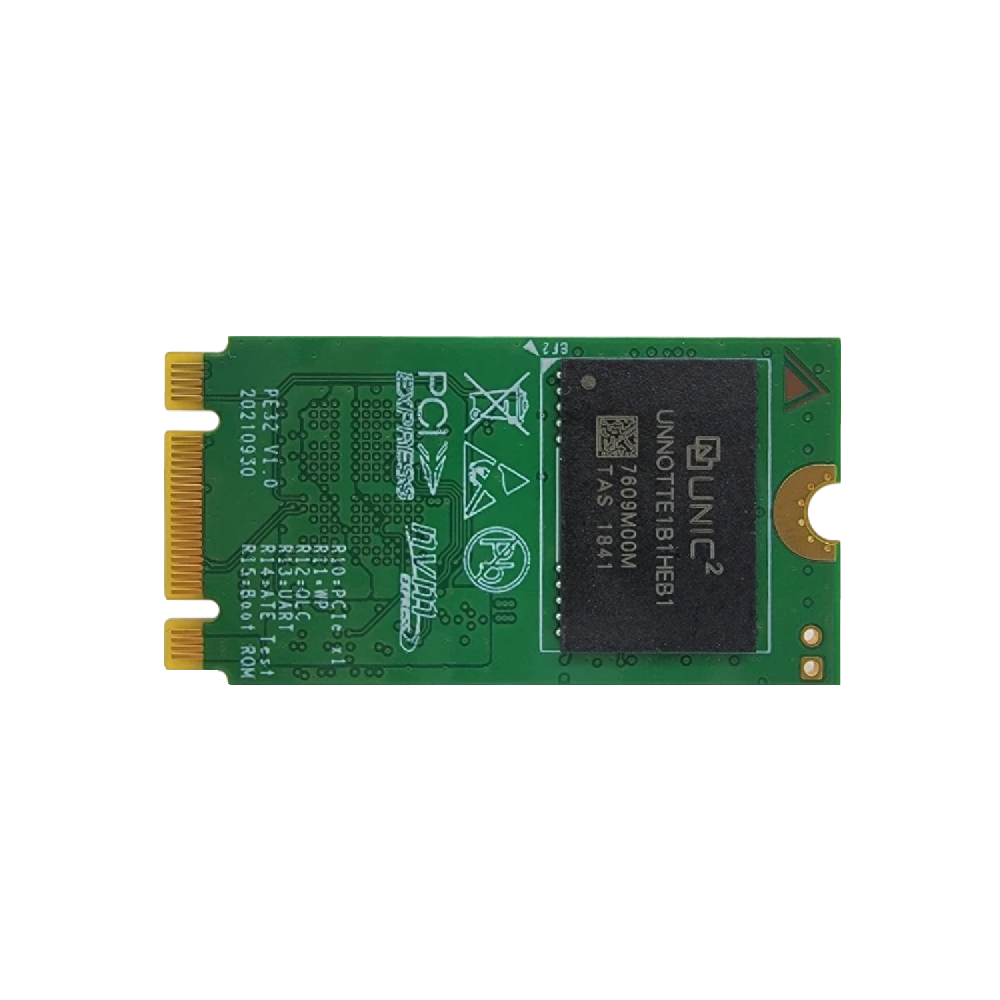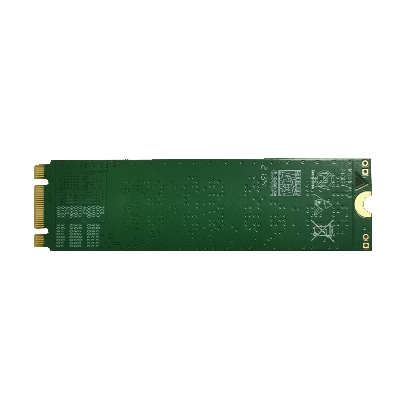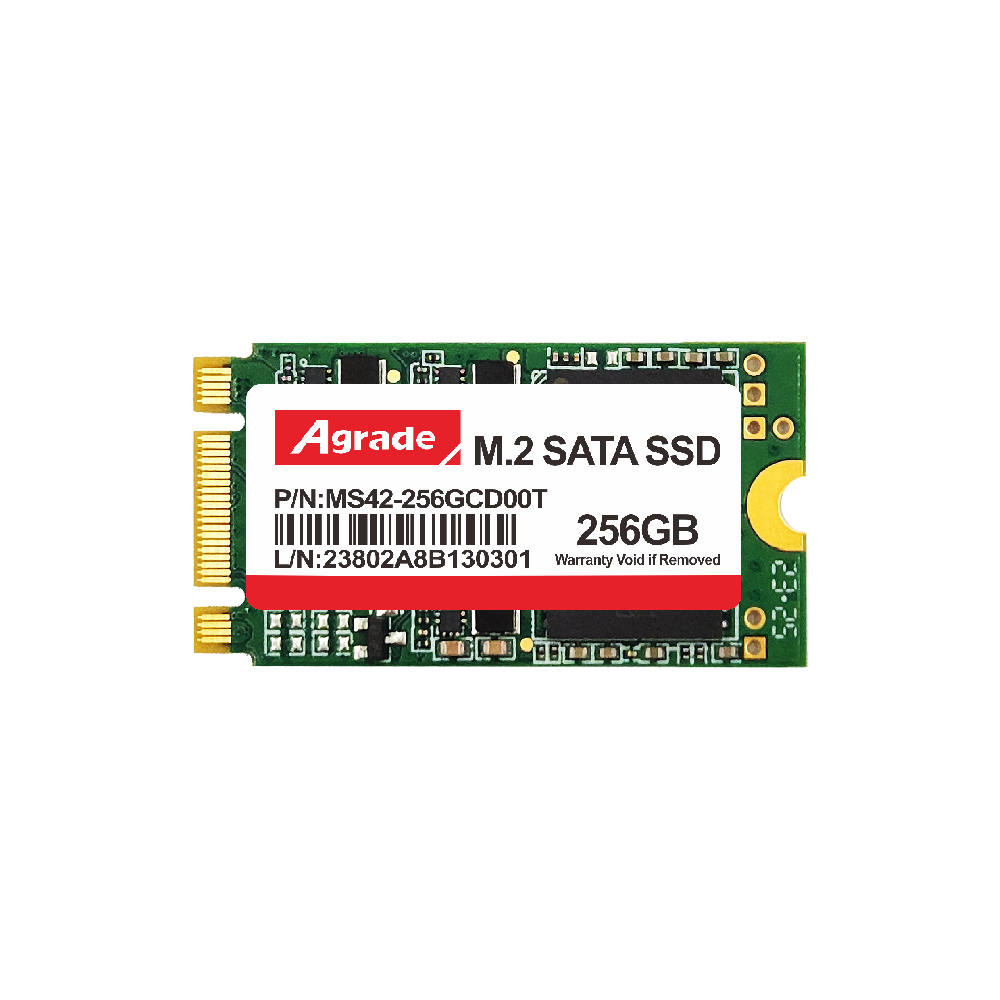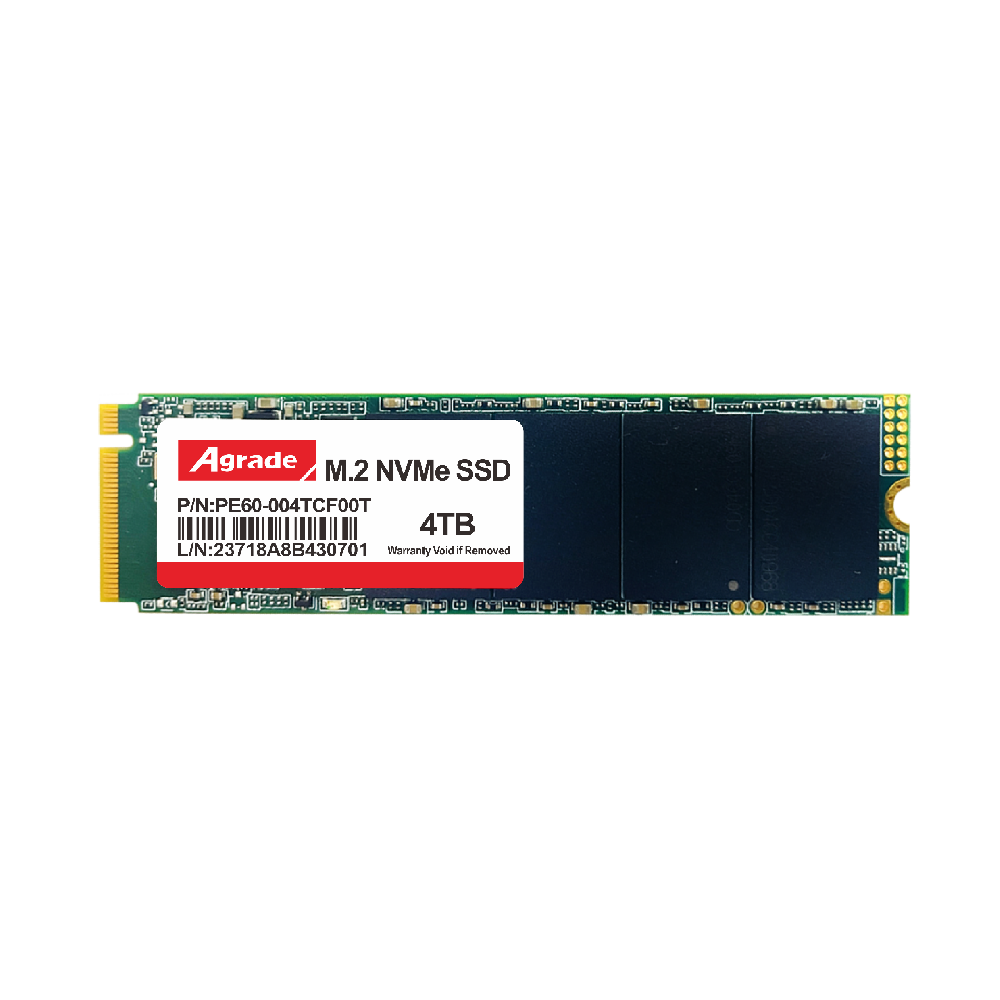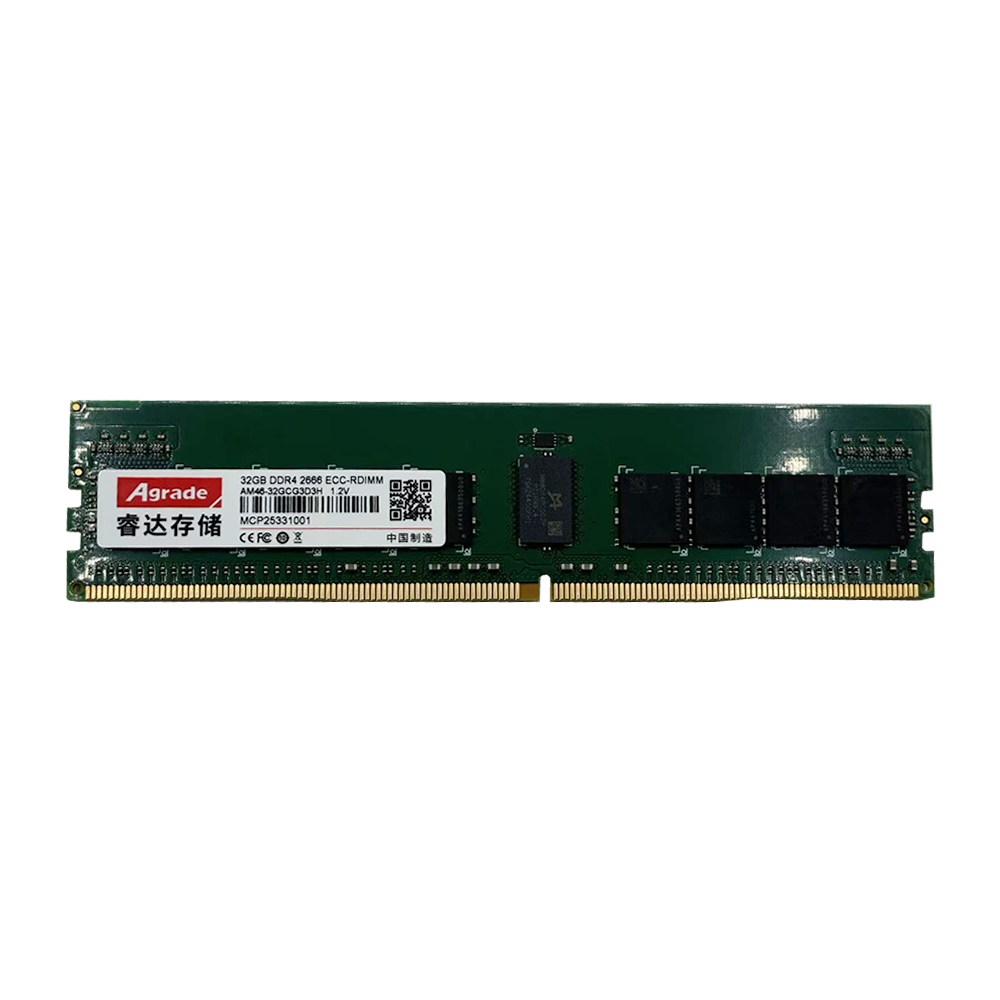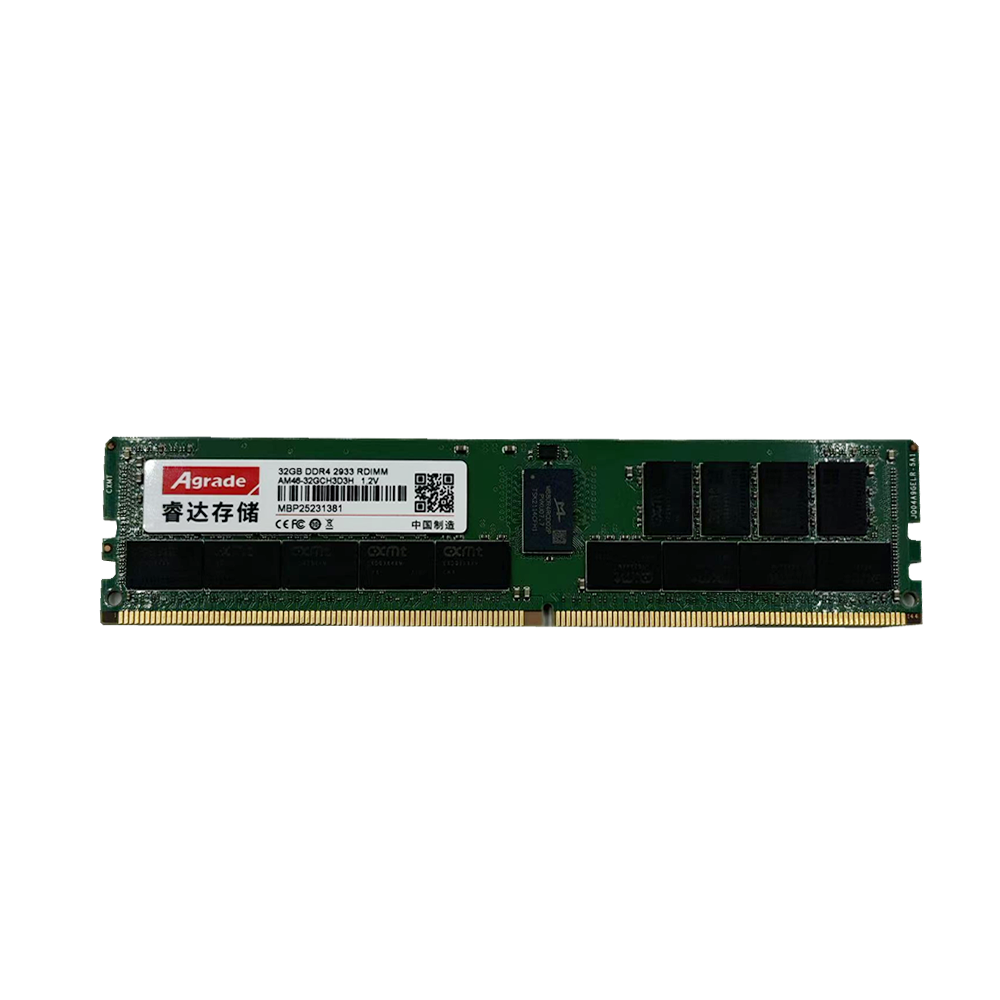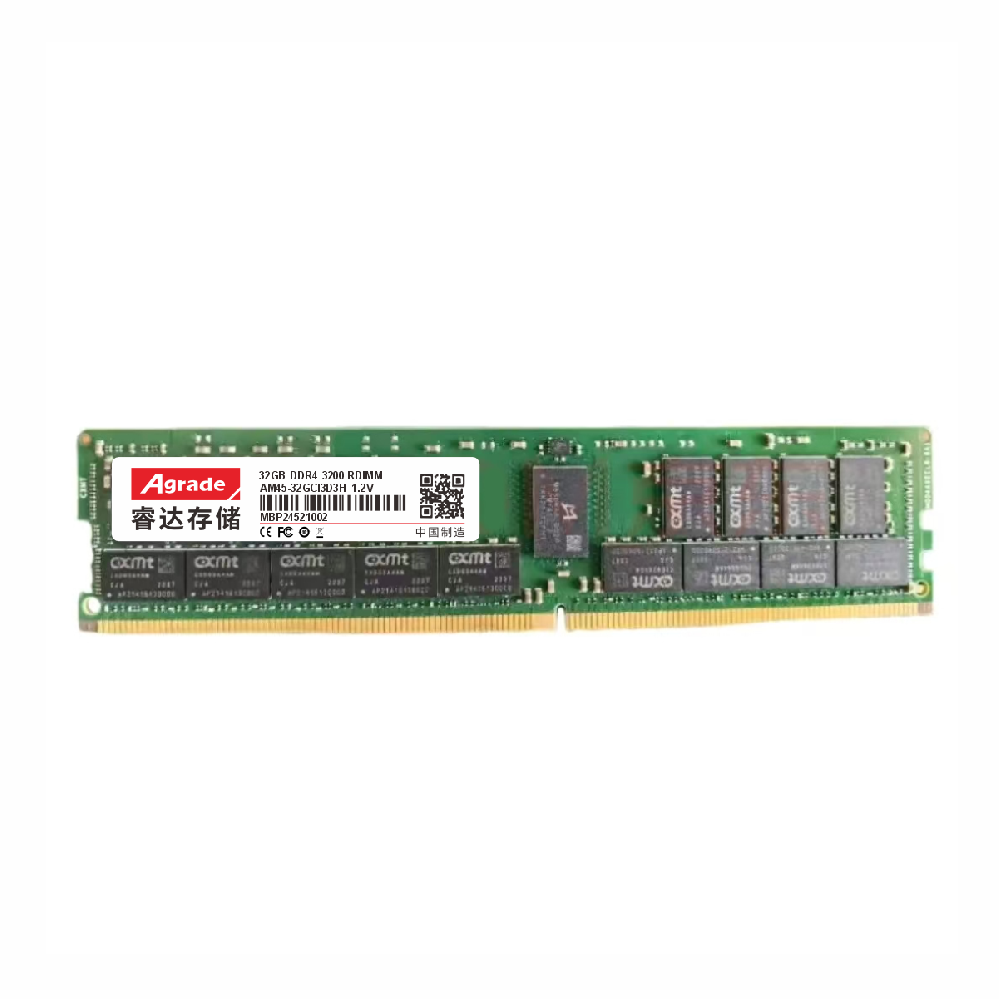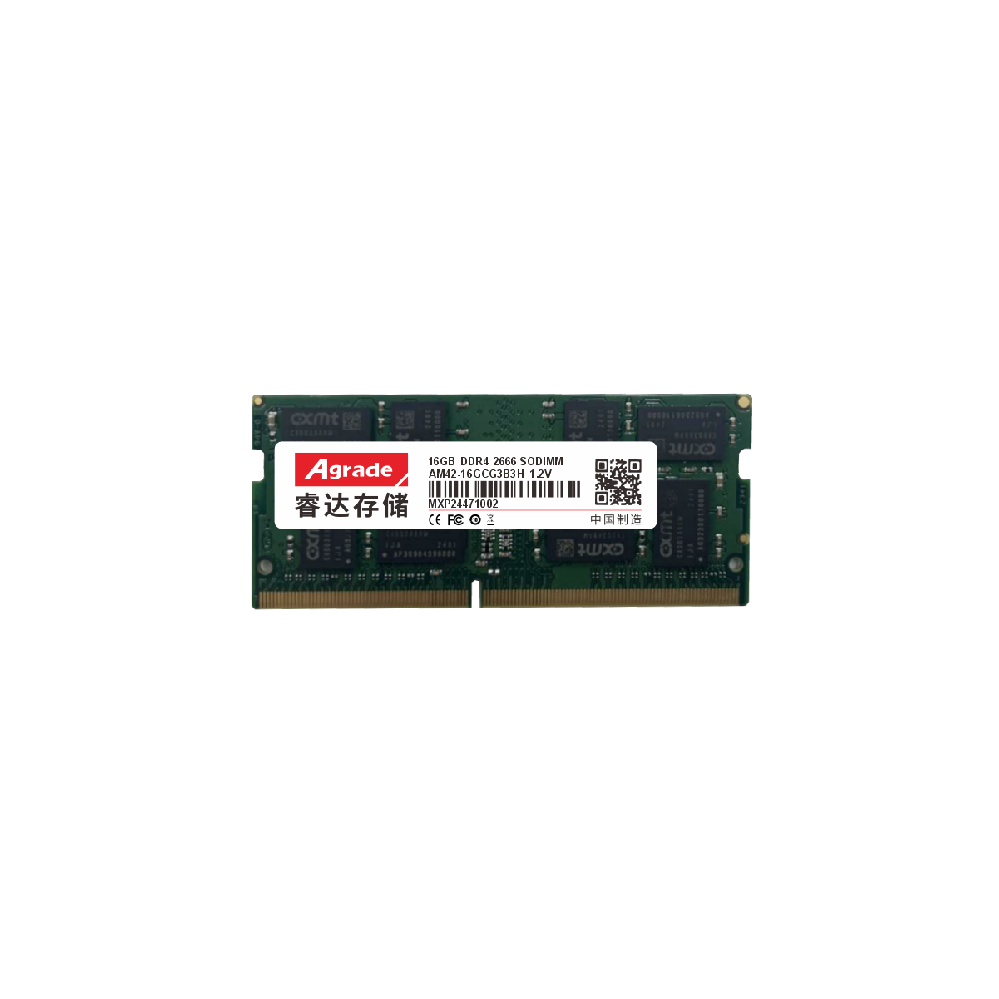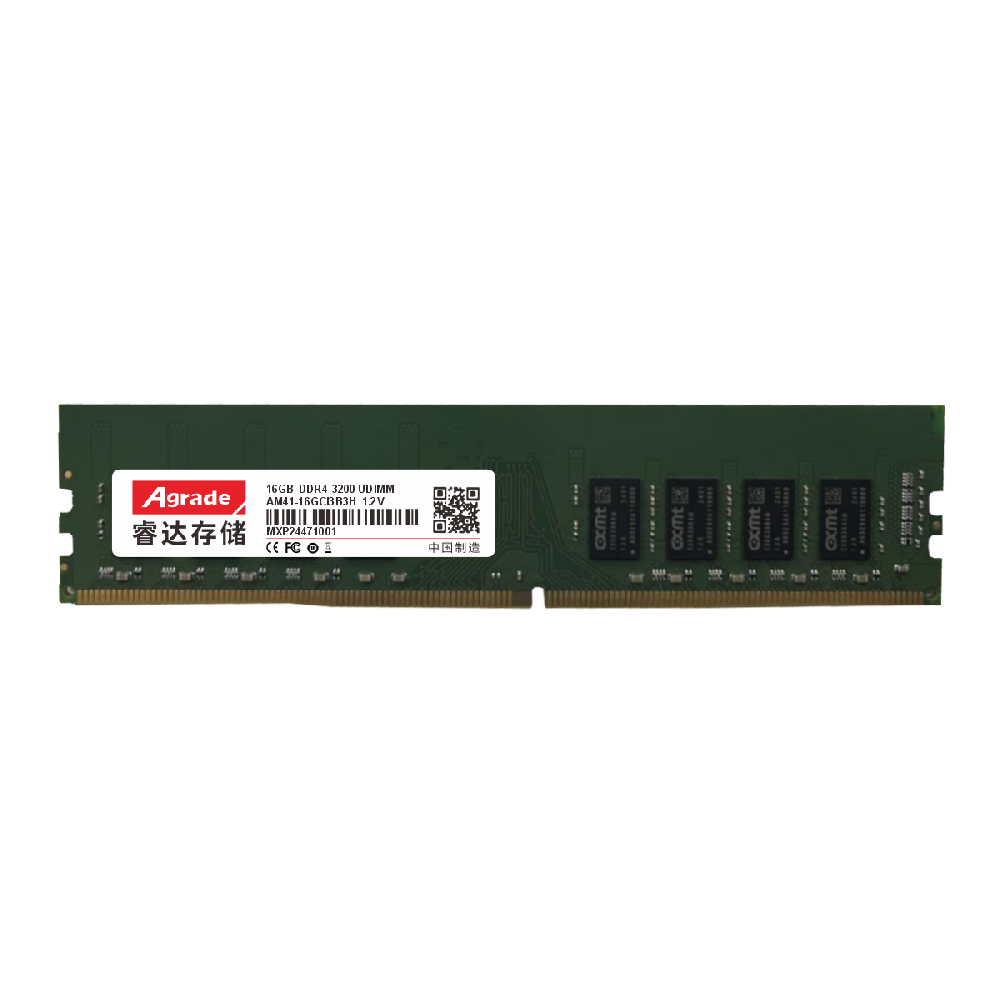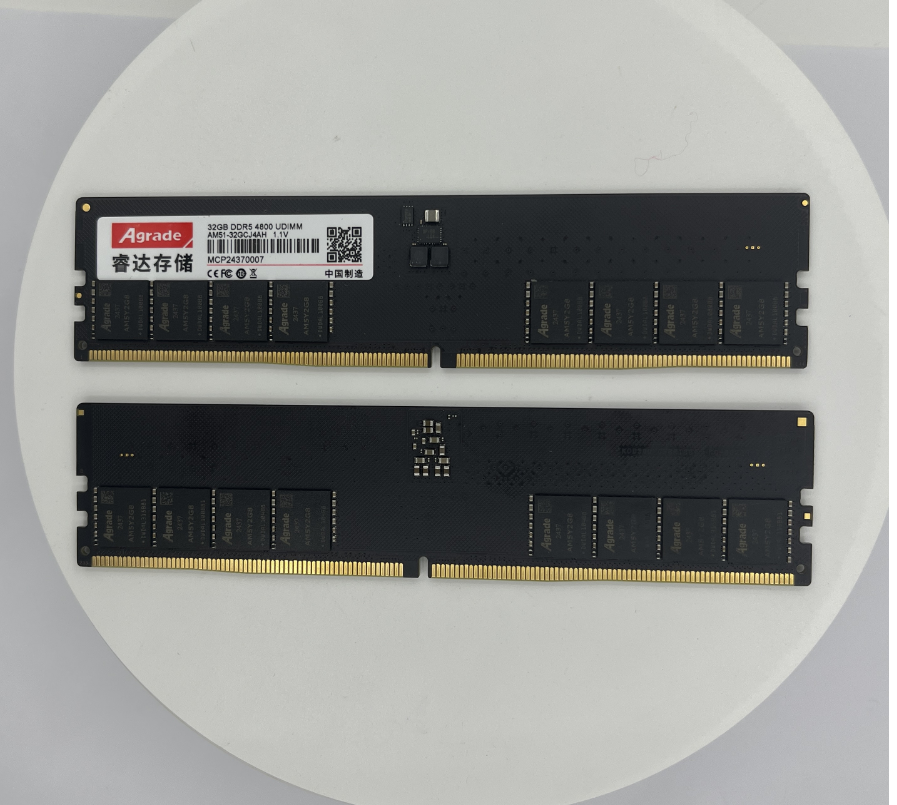

News
 电商部
电商部  2025-10-30 17:12:44
2025-10-30 17:12:44 What are the functions of cache chips in solid-state drives (some SSDs have them)?
The cache chip (usually DRAM cache) of solid-state drives is one of the key components to improve their performance. Although some entry-level or low-power SSDs may omit this design, the role of cache chips is irreplaceable in mid to high end products. Its core function is to temporarily store data, optimize read and write efficiency, balance flash particle load, and ultimately enhance user experience. Its specific functions can be divided into the following aspects:
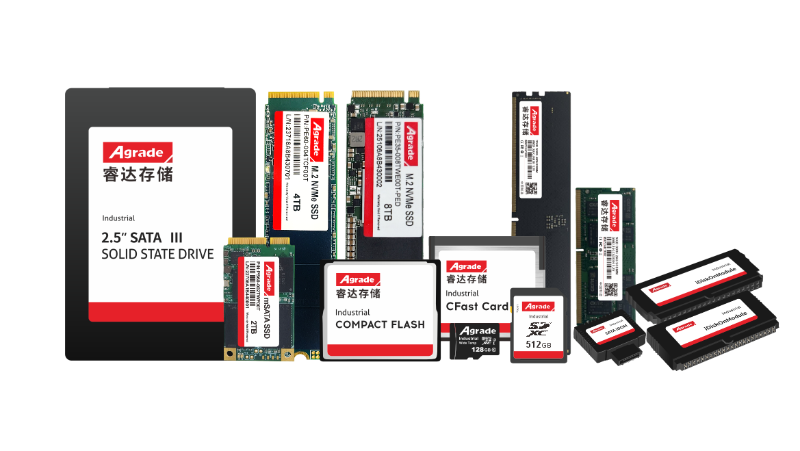
1. Accelerate data read and write speed and reduce latency
The read and write speed of cache chips is much faster than that of NAND flash chips in solid-state drives (even top-level TLC/QLC flash memory is only a few tens of times faster than DRAM cache). When the system needs to read or write data, the cache will temporarily store these data:
Reading scenario: If the data already exists in the cache (i.e. "cache hit"), SSD can directly retrieve the data from the cache without accessing NAND flash memory, and the response time can be shortened to microseconds (while NAND flash memory response is usually in milliseconds). For example, frequently accessed system files and core data of commonly used software will be cached, which can significantly speed up when opening software or loading pages.
Writing scenario: When the system writes data, it will first temporarily store the data in the cache, and when it is idle, the main control chip will then batch write it to NAND flash memory. This' buffer write 'mechanism avoids frequent small capacity and fragmented writes to NAND, reduces waiting time, and significantly improves write efficiency, especially when processing large amounts of small files such as documents and images.
2. Reduce the erase and write times of NAND flash memory and extend its lifespan
The number of erasures of NAND flash memory is limited (such as TLC about 1000-3000 times, QLC about 300-1000 times), and frequent small data writes will accelerate its loss. The cache chip uses the "aggregate write" function to first aggregate multiple scattered small data into the cache, and then merge them into one large capacity data to write to NAND flash memory, thereby reducing the need for flash operations.
For example, if a user continuously saves multiple 1KB documents without cache, the SSD needs to perform multiple small capacity writes to the NAND; When there is cache, these data will be stored in the cache first, and then written to a certain amount (such as 100MB) at once, greatly reducing the frequency of flash memory loss and indirectly extending the service life of SSD.
3. Store mapping tables and optimize address management
The main control chip of a solid-state drive needs to manage the storage location of data in NAND flash memory through the "Logical Address to Physical Address Mapping Table" (FTL, Flash Translation Layer). This mapping table will be dynamically updated as data is written, deleted, and moved. If stored directly in NAND flash memory, each access will require time-consuming reading.
The cache chip will reside in this mapping table, and the controller can quickly retrieve address information directly from the cache, avoiding the overhead of frequent access to NAND flash memory. Especially when data fragmentation is severe, it can effectively reduce addressing latency and ensure the stability of read and write performance.
4. Coping with sudden data loads and maintaining stable performance
When faced with sudden large amounts of data read and write (such as transferring large video files or running multiple software simultaneously), cache chips can temporarily "take over" data that exceeds the real-time processing capacity of NAND flash memory, avoiding performance drops. For example, if the NAND flash memory of an SSD has a continuous write speed of 1000MB/s, and the cache chip can withstand instantaneous writes of 5000MB/s, when a user suddenly transfers a 20GB file, the first few seconds of data will be stored in the cache to maintain the high-speed writing experience. When the cache is close to full, the data will be gradually transferred to NAND to ensure the smoothness of the entire process.
Alternative solution for cache free SSD
Some SSDs (such as entry-level SATA SSDs or NVMe SSDs with HMB technology) omit independent DRAM cache and instead use software technologies (such as HMB, Host Memory Buffer) to borrow host memory (DDR) to simulate cache functionality. Although it can reduce costs, due to the communication efficiency between memory and SSD, its performance is usually weaker than products equipped with independent DRAM cache, especially after large capacity data read and write or long-term use, which is prone to performance fluctuations.
In summary, cache chips are a combination of "performance accelerators" and "lifetime guardians" for solid-state drives. For users who pursue high-speed and stable experiences (such as gamers and content creators), choosing SSDs equipped with independent DRAM cache will better meet their needs.

